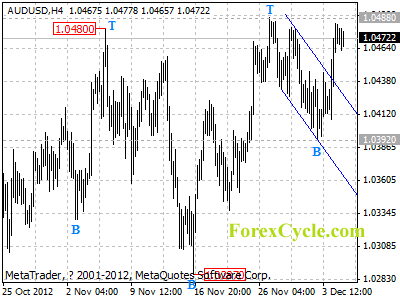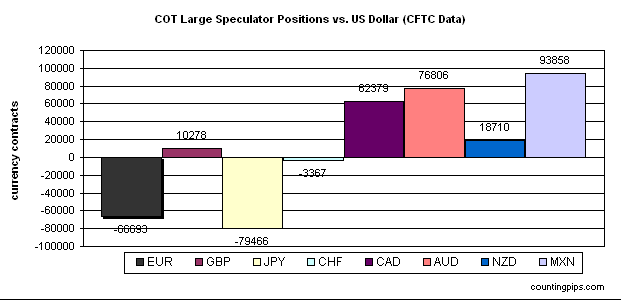Having spent twenty years of my life observing markets, you’d think that there wasn’t much that could surprise me.
But watching markets levitate higher as economic data continues to slide has me scratching my head.
Is money printing really the only thing you need to make markets go up?
Do fundamentals no longer matter at all?
How long can the charade go on?
Another six months?
Five years?
Twenty years? Longer?
Today I’ll give you my take on where the markets and the US economy is heading…
As Bill Gross, the head of Pimco, said recently:
‘All of the money being created and freed up is elevating asset prices, but those prices are not causing corporations to invest in future production. Financial repression and quantitative easing were supposed to be the extraordinary monetary policies that kick-started the real economy in the other direction. They have not. We have been using the lower interest rates to consume as opposed to invest.’
He finishes up by saying that:
‘Investors should recognize that asset and currency prices ultimately rest on the ability of a real economy to grow. If growth cannot be boosted by monetary policy, and fiscal policy is in the hands of a plutocracy more concerned about immediate profits as opposed to long-term vitality, then no Genie or Flavor Flav with a magic clock can make a difference.‘If, therefore, real economic growth is stunted in the United States and globally, then portfolio strategies should acknowledge bite-sized future returns and the growing risk that the negative consequences of misguided monetary and fiscal policy might lead to disruptive financial markets at some future point. The approaching fiscal cliff might be the first of a series of future disruptions.
‘Although PIMCO expects a middle ground fiscal compromise from Washington, when that is combined with the fading influence of QE monetary policies, it leads only temporarily to 2% real growth in the U.S. at best – growth that is clearly not “Old Normal.” We are in a “New Normal” world where the negative effects of private sector deleveraging are only being weakly addressed by monetary and fiscal authorities.
‘If so, then Treasury yields should stay low and my money market fund should continue to read “.01%.” The “cult” of equity – or better yet the cult of “total return” – for both bonds and stocks – is over, if that definition presumes a resumption of historical patterns anywhere close to double digits. The era of financial repression continues.’
But the stock market doesn’t appear to be that concerned. The US markets are now up over 100% from the lows in 2009. But can they rally another 100% over the next few years? I doubt it.
A cursory glance at the recently released economic data shows that the US manufacturing ISM (Institute of Supply Management) data fell into contraction for the fourth time in six months, Eurozone retail sales fell for the thirteenth month in a row, and Japanese manufacturing PMI (Purchasing Managers Index) data contracted at the sharpest rate in 19 months, with new orders and output plunging.
Economists Says US Already in Recession
The ECRI (Economic Cycle Research Institute) maintains their recession call on the US economy. They believe the US is already in a recession:

They say that:
‘If you look at the size of the simultaneous declines in industrial production and personal income since July, that combination has never occurred outside a recessionary context in over half a century – but it’s occurred in every recession. This leads us to conclude that we are most likely already in a recession that began around mid-2012.’
The fact that employment is continuing to grow doesn’t mean we aren’t in recession, because according to ECRI positive jobs growth isn’t inconsistent with the early months of recession. In fact three of the last seven recessions had increasing employment in the initial months.
All of the above would normally have stock markets around the world taking fright, but day after day I see negative data completely ignored.
There must come a time when fundamentals and market pricing are brought back into alignment.
After watching this rally for nearly four years from the lows in 2009 I feel a high level of conviction that we are getting close to a major correction. The charts have been flashing some pretty serious warning signs over the past few months, but the recent rally has shifted the short term momentum back to the upside.
We now have some very clear lines in the sand. If the S+P 500 rallies above its September 2012 high of 1474 then the long term uptrend is still intact and the bears will have to go back into hibernation.
But if we see some weakness in the days ahead and fall back below the 200 day moving average at 1385 then the dominoes may start falling and we could see a very sharp drop towards the June 2012 lows of 1266. More than 10% below current levels.
The next few weeks really are quite important in giving us a hint about the underlying strength of this market.
Murray Dawes
Slipstream Trader
From the Port Phillip Publishing Library
Special Report: The Big Money Secret of Ironstone Mountain
Daily Reckoning:
If Profits are Falling Why are Stocks Rising?
Money Morning:
Is There Any Good News to Come from the US Debt Crisis?
Pursuit of Happiness:
What if Climate Change Was a Lie?
Australian Small-Cap Investigator:
Why Speculating On Small-Cap Stocks is Your Best Bet in a Rigged Market





